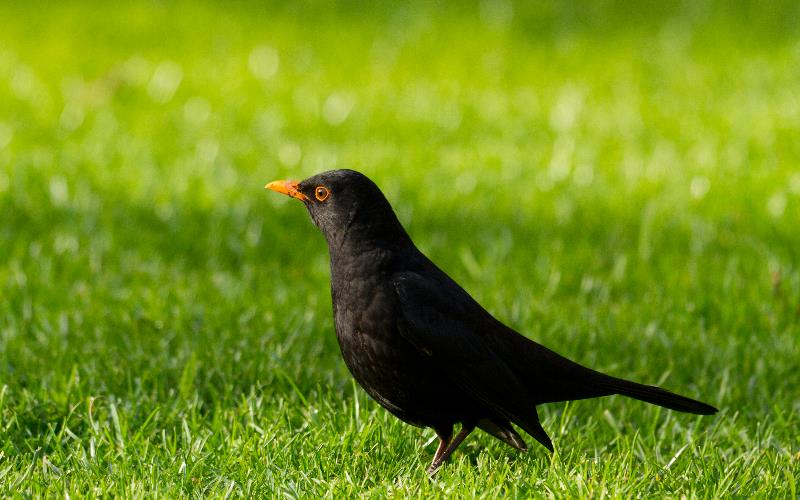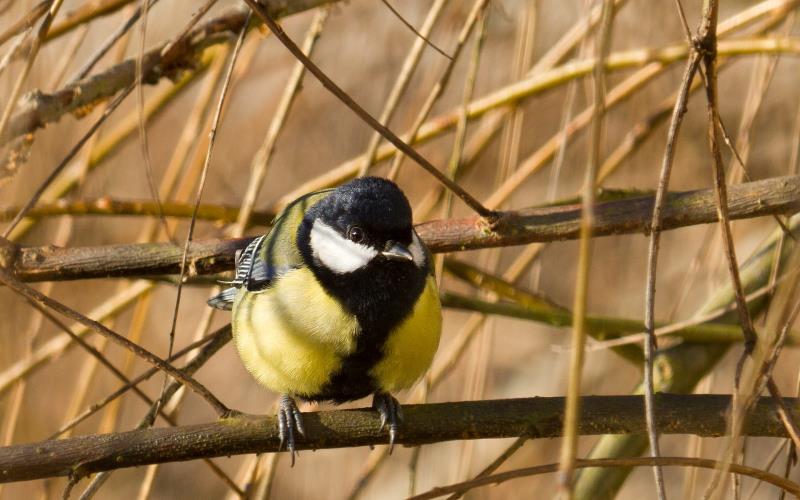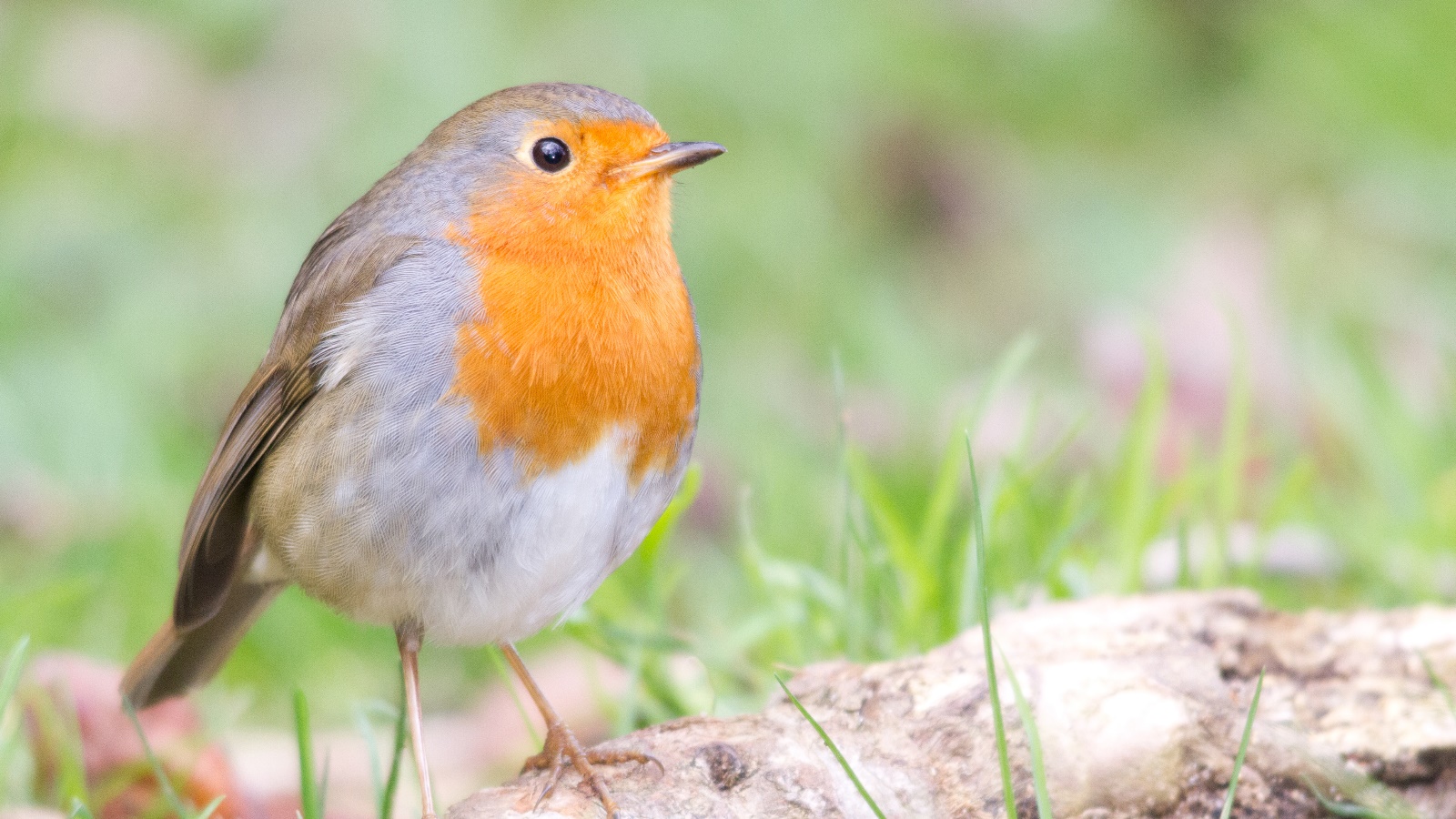How to attract wild birds
Gardens for wildlife
There are about 6,000 species of passerines (also known as birds or perching birds) around the world. This, very diverse, order includes many small birds, such as the Common Chiffchaff (Phylloscopus collybita) and the Wren (Troglodytes troglodytes) as well as larger ones like the Jay (Garrulus glandarius) and the Crow (Corvus corax).
The order Passeriformes is, in fact, the most representative group of birds found in terrestrial ecosystems, states João Eduardo Rabaça, author of “As Aves do Jardim Gulbenkian” (Birds of the Gulbenkian Garden. They are also a constant presence in urban areas, “helping us better understand the dynamics of Nature.” Species such as Sparrows (Passer domesticus), Blackbirds (Turdus merula) and Black redhorns (Phoenicurus ochruros), for example, live amidst all the everyday hustle and bustle of the city.


João Eduardo Rabaça, who is a professor and researcher at the University of Évora and a specialist in birds, was the guide of the second “Gardens for Wildlife” tour at the Gulbenkian Garden which took place on 20 March. During this guided tour, João shared tips on how to prepare green areas for passerines.
Many spaces can prove to be useful, even those that do not seem important at first glance: “small gardens, backyards, patios or even balconies.” If the right conditions are met, they can serve as “perching and feeding places” providing “insects, berries and seeds” for urban birds that may also even use these spaces to “build their nests.”


Pest controllers and “gardeners”
It is a reciprocal relationship whereby green areas also benefit. “As they are constituent elements of biodiversity, just like any other living beings, birds perform specific functions in the ecosystems where they occur,” notes João Eduardo Rabaça.
An example of this are insectivorous birds that consume phytophagous insects (which in turn feed on plants) such as the Blackcaps (Sylvia atricapilla), Robins (Eritachus rubecula), Black redhorns and Wrens. Thus, they contribute to keeping these insect infestations “below harmful pest population levels.”
Red-breasted warblers, Robins and Blackbirds, among many others, are also “botanical dispersal agents,” eating and dispersing the seeds they consume during colder months, when insects are rare.
The Jay, another frequent visitor of the Gulbenkian Garden and numerous other gardens, is “known for helping forests regenerate due to the fact that it buries acorns in the ground, for food storage.” As many of these acorns are often forgotten, some grow into new Oak trees.

Sow, plant and create water points
How can we transform spaces, from lawns to balconies, into “passerine gardens”? We need to transform them into “sheltering and nesting places by promoting diversified food availability.”
Simple things can help achieve this, such as “sowing herbaceous plants and planting shrubs and trees, using existing native species,” explains this specialist. “Basically, it’s all about creating conditions that will enhance ecological integrity, allowing for the occurrence of diversified macroinvertebrate fauna suitable for feeding insectivorous birds,” such as butterflies in their caterpillar stage and adult flies, bees and wasps.
Also, if there are no watering holes available, it’s a good idea to “provide drinking fountains during the summer”, due to the “vigorous summers of our latitude”. Installing feeders is less important in Portugal, as there is usually plenty food available for birds in the wild, throughout the year.
“If appropriate and possible, nest boxes can be provided for nesting cave birds, such as Great Tits (Parus major) or Blue Tits (Cyanistes caeruleus).”
Gardens for wildlife
Throughout the year, the Gulbenkian Garden is promoting a series of visits focused on how to make our gardens, parks and land, both inside and outside cities, more welcoming for wildlife – fundamental for life on Earth! Wilder magazine follows these visits and publishes articles on each of the different topis covered in partnership with the Gulbenkian Foundation.

